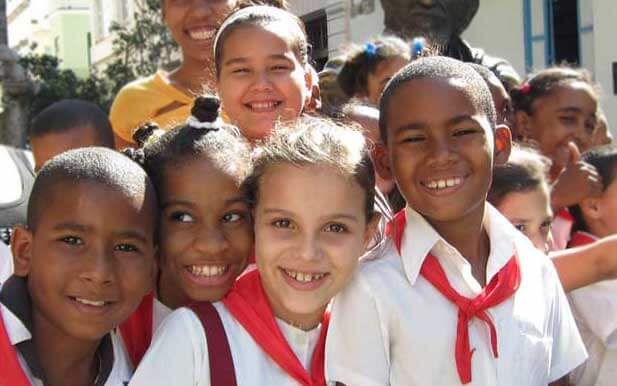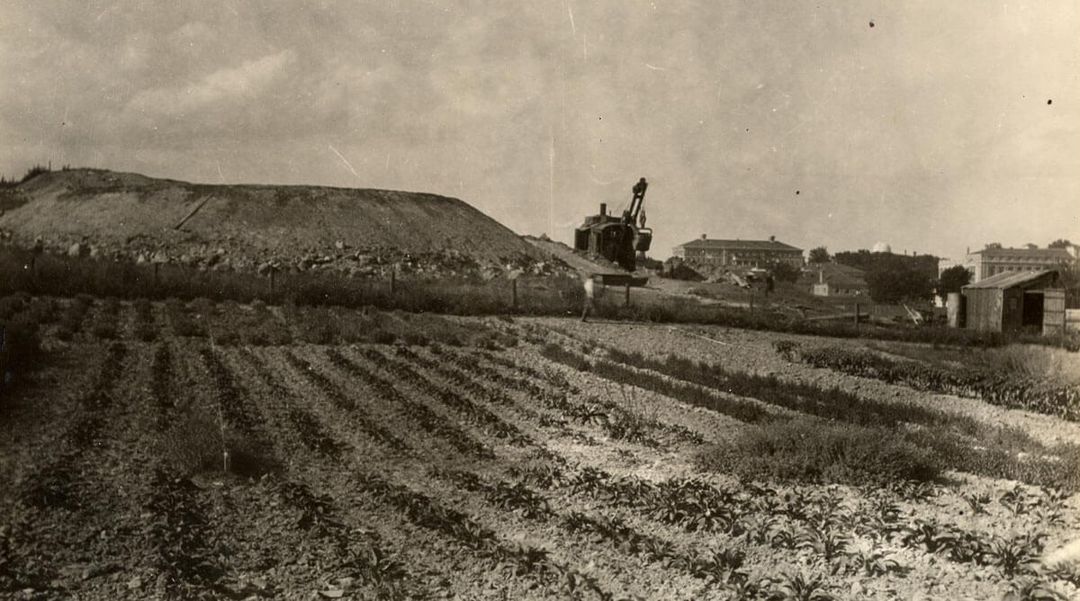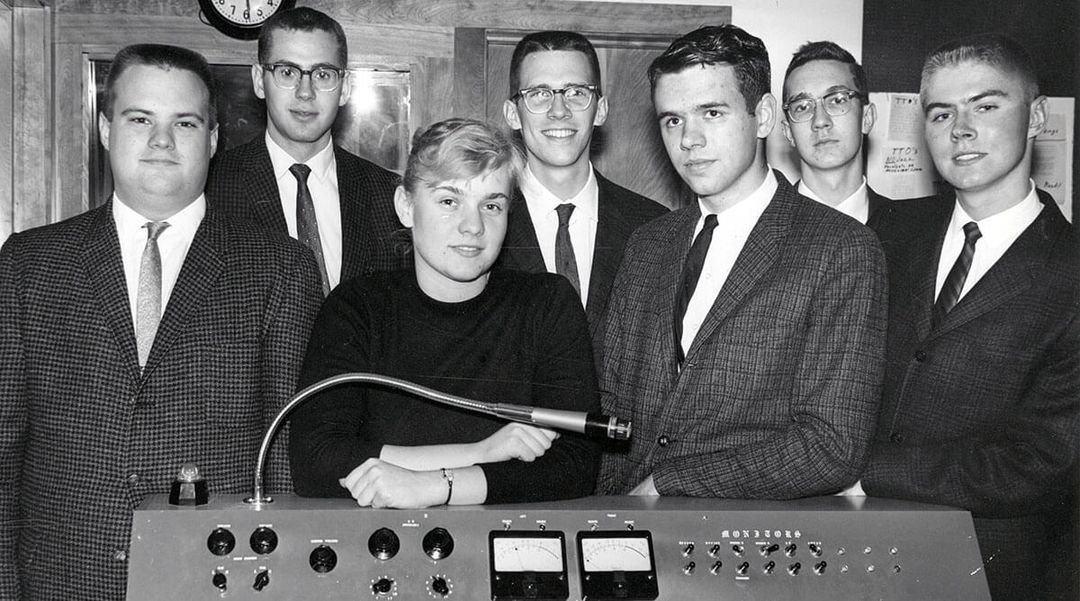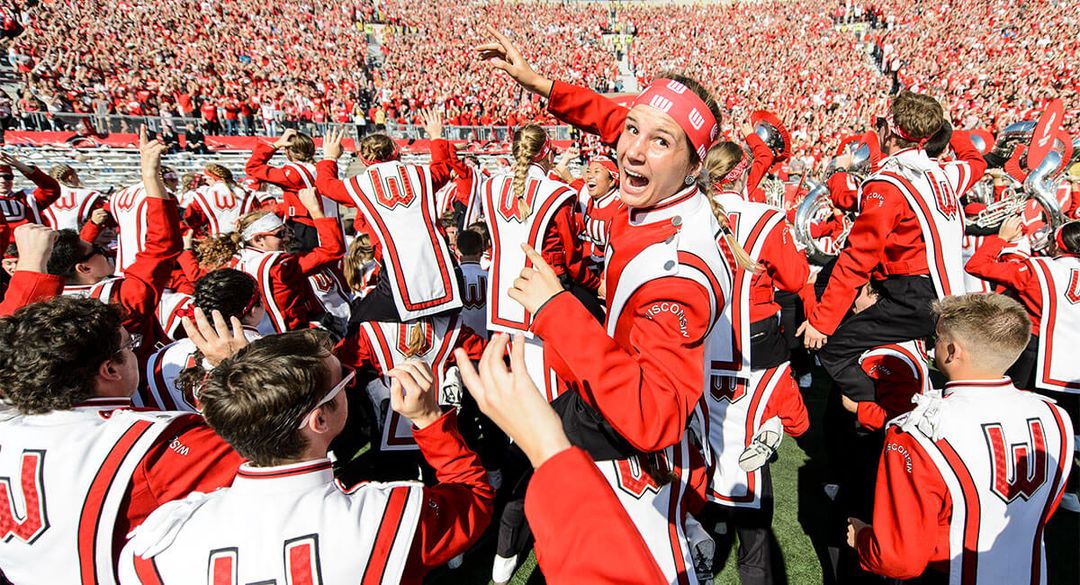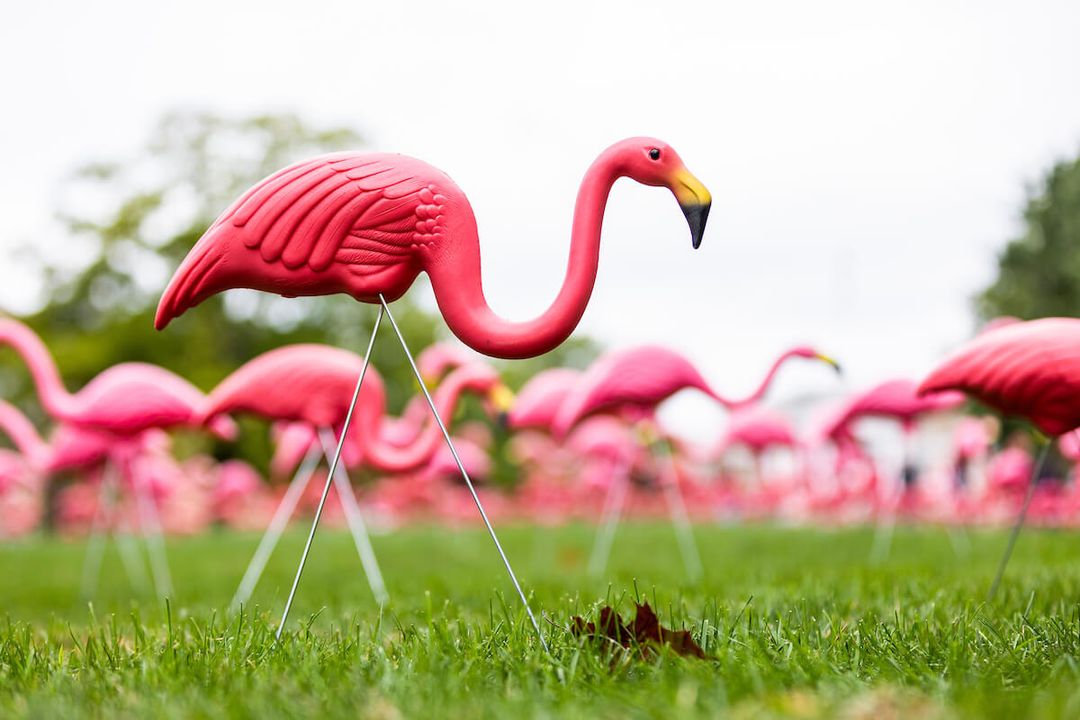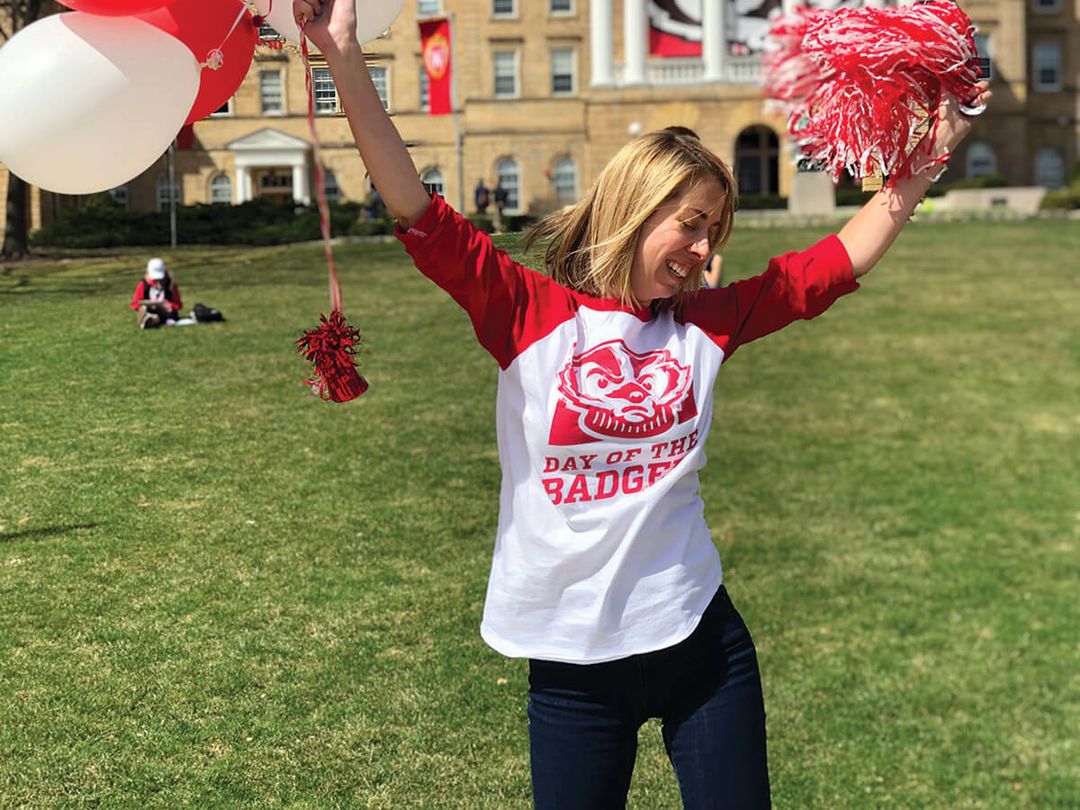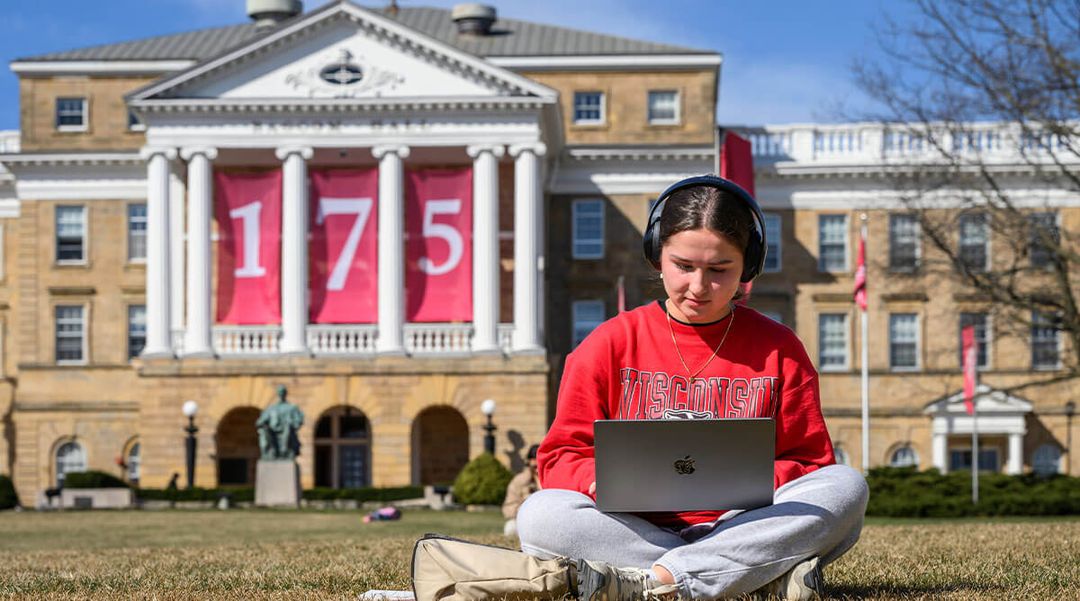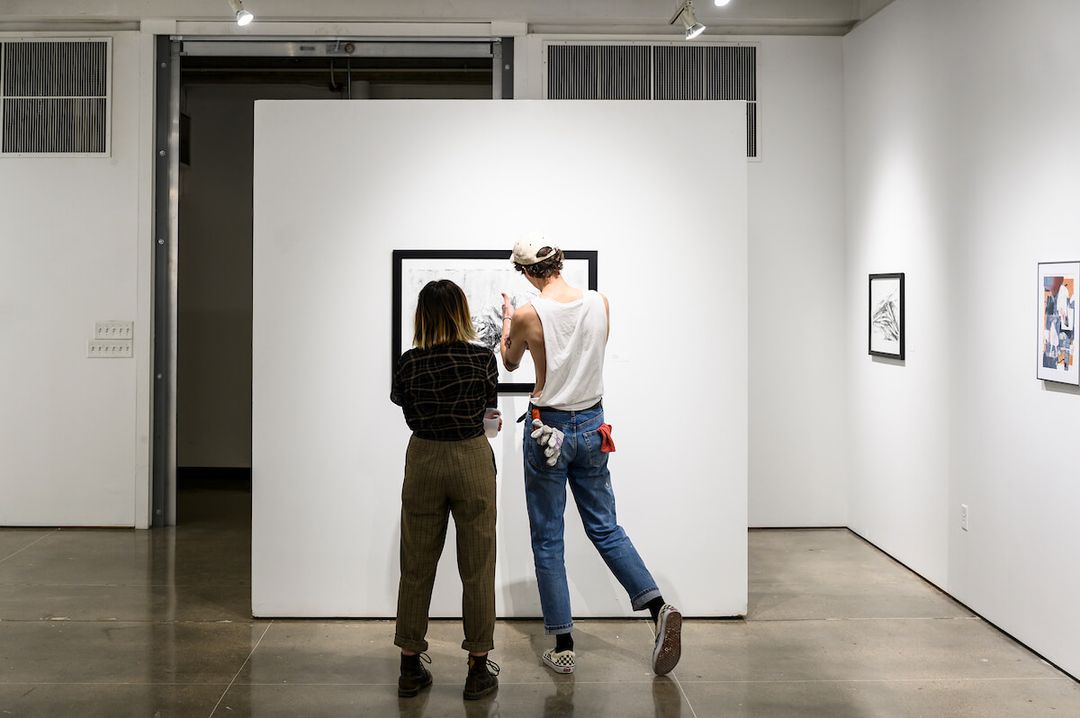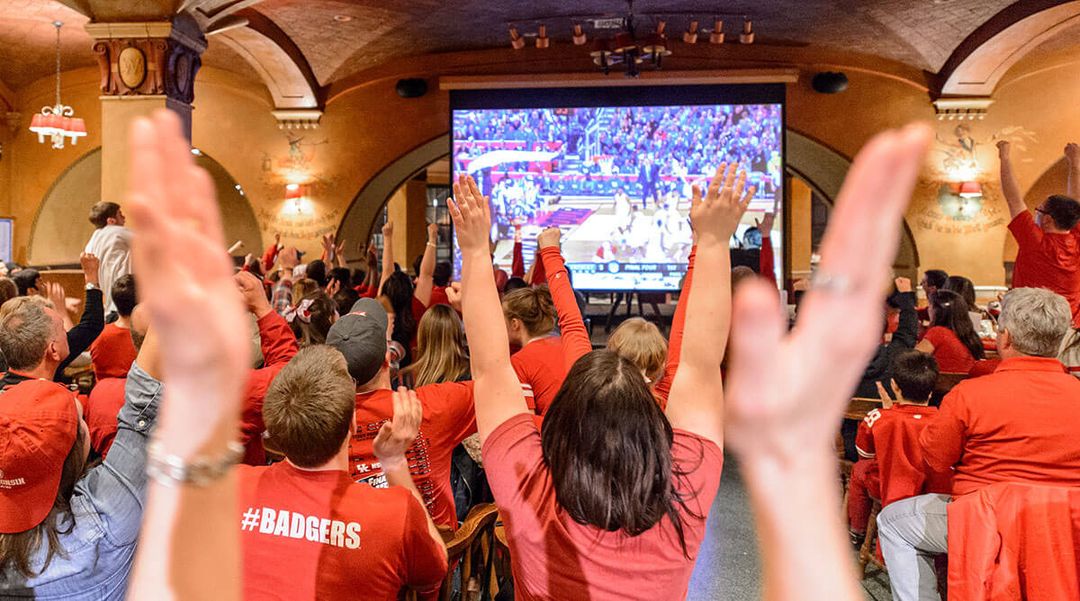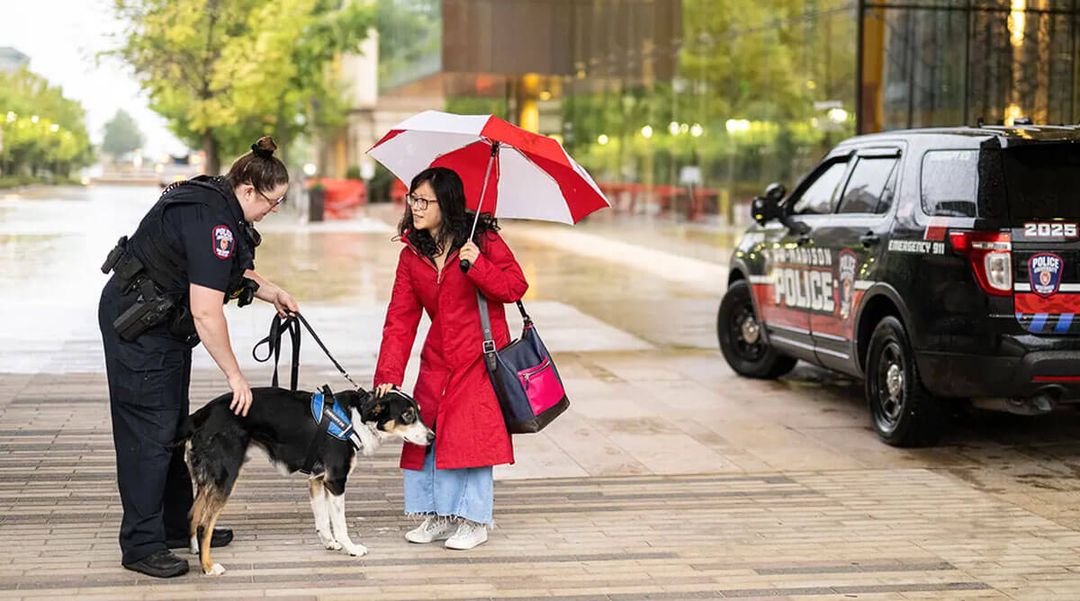WAA Travelers Granted Special Access for Educational Tour
It’s been more than half a century since Americans have been free to visit Cuba as tourists.
It took nearly a year for the Wisconsin Alumni Association to gain special permission to take UW-Madison alumni and friends to Cuba for an exclusive people-to-people exchange. But it only took a few hours for those travelers to begin to realize that this was the adventure of a lifetime.
Last April, the U.S. government reinstated limited travel licenses to American tour groups for people-to-people trips to Cuba. Officials have since issued more than 100 licenses, provided that the entire itinerary included an educational component, whether learning about Cuba’s art, music, economy, health care or education.
Here, alumni travelers who took the trip in February 2012 recall their experiences in a destination that not many others can say they’ve visited lately.

Once-in-a-Lifetime Learning
Visiting a country that has been largely closed off to American influence for more than 50 years led WAA travelers to some unexpected moments.
“It’s not like any trip you’ve ever taken,” says Sarah Schutt, WAA’s senior director of alumni learning, who made the trip last month. “I’ve been to France and Italy, and other foreign countries. But with Cuba, you have no idea the extent of what you don’t know.”
Sabina Wohlfeiler ’69 says she expected to find Cuba in a “time warp,” but was not prepared for everyday Cuban life. “Some dwellings looked very minimal, and mansions in disrepair were sometimes inhabited by dozens of families. But in spite of suffering economically, the Cuban people have a wonderful culture. There is excellent medical care, and everyone has a home. There is music everywhere, and people seemed genuinely happy.”
Without the ability to verbally communicate with Spanish-speaking Cubans, Wohlfeiler says the tour’s outstanding guides made all the difference: “They were so excellent in giving us the back story, and interpreting and answering all our questions.”

Gary Berger MBA’74, WAA’s vice president for finance, who also traveled to Cuba in February, describes the nation’s development and infrastructure as being frozen in time: where cars are decades old and the colonial architecture and Soviet-era buildings are in disrepair.
“Along the beach — where in Miami or Chicago you’d have billions of dollars’ worth of buildings and resorts — we instead saw vacant lots and crumbling buildings,” he says. “The people of Cuba have a strong sense of nationalism. They have been battling for independence for hundreds of years. They have never really had it easy. But they’re proud of their history.”
WAA travelers agree that Cuba’s complex culture, politics and economy — and how its people fit into it now and in the future — are too complex to understand in just a week’s time. Understanding international relations between the United States and Cuba was something that Carol May BBA’75, MS’79 took to heart.
“If more than 50 years of U.S. policy and the fall of the USSR didn’t change Cuban politics, what will?” she wonders. “We need better relations with the nation just 90 miles to our south.”
People to People
Travelers said actually meeting and talking with the people of Cuba meant the most. They visited an elementary school, an infant vaccination clinic and a senior citizens’ home — experiences Schutt says would be nearly impossible without a tour like those that WAA offers:
“My fellow travelers found things they could relate to: nurses who enjoyed seeing the inner workings of the clinic, and teachers who really enjoyed being at the school. Through the tour, we were able to find parallels to our own lives and get a deeper understanding.”
 Cuban Culture, Night Life
Cuban Culture, Night Life
The group’s strict mission to learn from the people of Cuba included having fun as an important way to understand the culture. Stops included visits to jazz clubs and Ernest Hemingway’s famous La Floridita bar. Schutt recalls how some of the travelers even found a bit of home in Havana: “We found a micro-brewery in Cathedral Square. They served different kinds of beers, and several of us just sort of hung out … it was so much like the Union Terrace!”
Badger Pioneers
Schutt says there was a degree of pride among her fellow travelers that WAA’s tour was among the first to arrive on the island nation:
“More than once, we talked about our shared sense of this special moment in time. Knowing we caught Cuba as it is, as things are changing. Knowing even if we’re able to come back in a couple of years, it’ll look different. We did our absolute best to soak up what was truly a pure experience.”
Be part of the next people-to-people exchange to Cuba! Your experience will combine fascinating excursions with insightful commentary and direct contact with Cuban citizens, and it will launch your personal journey to unravel the mysteries and contradictions of this intriguing Caribbean nation.
